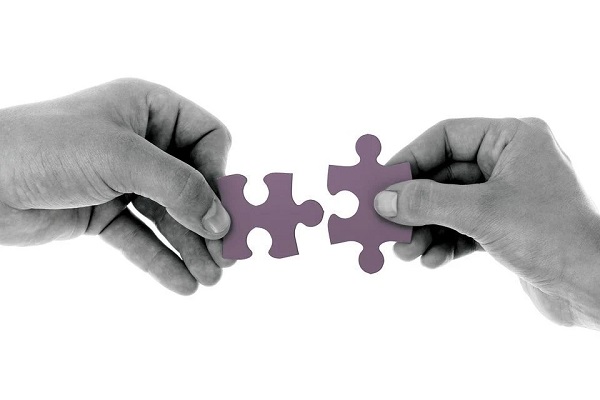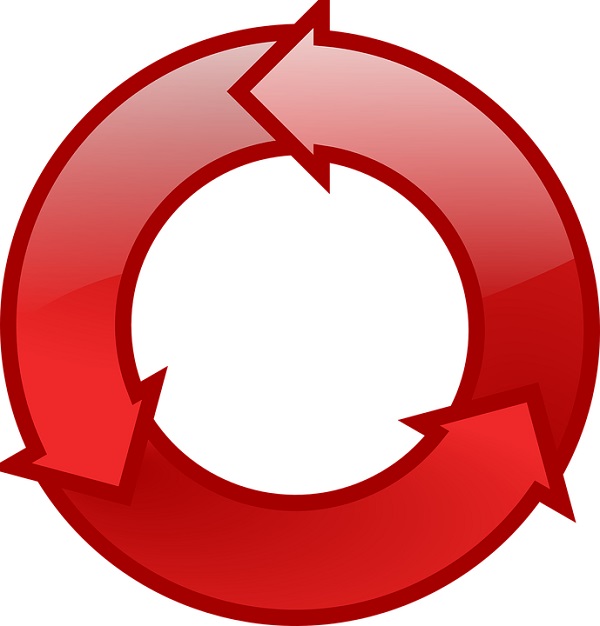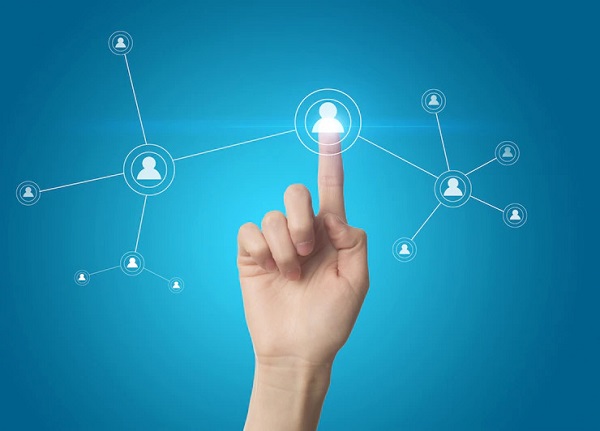

As a business platform, HubSpot onboarding offers users access to a comprehensive suite of tools to manage every stage of the customer journey. The platform helps businesses with marketing, sales, customer service, website management and more.
All of these products are available for free with HubSpot and can be scaled to meet the needs of any business. HubSpot’s tools are easy to use and can integrate with other applications. In addition, HubSpot data synchronisation can be done easily using these tools.
Today, the platform is used by thousands of companies around the world to attract, engage and delight customers. However, with the pool of information and third-party apps to streamline your operations, it is convenient to auto synchronise data with HubSpot onboarding. Having data that is fully in sync allows you to do more than just the basics when it comes to reporting, workflows, email campaigns and more.
Data sync can be a tough integration to wrap your head around because it is constantly changing and there are a lot of different moving parts. With that being said, there is no easy way to transfer data between apps as there might be for other objects.
HubSpot data sync is the unification of your customer data in one platform, accessible from anywhere.
Take an 7 insights on auto sync data with HubSpot Onboarding:
Let us look at the above points one by one:

This can begin with accessing the HubSpot account to select the App Marketplace. Once it is done, the HubSpot onboarding specialist would select the app you wish to connect and integrate by clicking on the install app icon. You would then be required to log in to your app account by filling your credentials in the dialogue box. After that, you have to review the requested access permissions by clicking Allow. This will redirect you to the app page in settings.
After connecting the app, you will need to configure your app's settings. Once you have done that, you can turn on the sync to start sharing data between the two integrations.
On HubSpot

The integration will not automatically delete contacts when they have been deleted in the other app. You will have to decide how you want data to sync from HubSpot to your other app and vice versa, in the "Choose which records sync" section. Your HubSpot onboarding specialist might select four distinct synchronisation options to configure:
HubSpot compares both databases during initial synchronisation. If a match is detected, then the existing records will be updated. Data synchronisation matches contact records by their email addresses, then the company email address, name and domains. For company records, data sync matches them in each app based on either company name or domain name. However, for some connectors, the only way to identify a match is by name as some apps don't have a domain field.
In the Field mappings section, you will be able to see which properties in HubSpot onboarding correspond with fields from each app. It is important to take note of any restrictions as you are setting up the field mappings. Make sure that you only map each property once. Besides this, make note that you cannot synchronise properties with multiple values. Also, if you synchronise the read-only data, then it will perform one-way synch by default.
Need an expert to help you run you through the HubSpot onboarding checklist?

HubSpot does its best to keep the same relationships between records (for example, the companies that are connected to contacts or the deals that are connected to companies) when it syncs with the original app you connected. This way, you won't have to waste time re-establishing those relationships from scratch. Associated records will only be created if a sync is running for that object. For example, if you only have a contact sync but no company sync, the associated company will not be kept in sync.
Need an expert to help you in HubSpot Customer Onboarding?
Sync health is a set of diagnostic tools that help you keep track of which records are currently syncing between HubSpot and your third-party app, which ones have been excluded from the sync and which ones are failing to sync.
Changes made during HubSpot onboarding will automatically show up in the other app, while HubSpot regularly checks for changes every five minutes. If you need the changes to show up in HubSpot right away, you can click "Sync now." Otherwise, the changes will appear in HubSpot every five minutes.
You can prevent your app's data from syncing with HubSpot and vice versa, by turning off data sync.
Though HubSpot provides a lot of great features to help with customer experience, the truth is that execution and implementation can be pretty complex. That's were TransFunnel, the HubSpot onboarding specialist comes in. We're a HubSpot onboarding elite solution partner, the #1 in India and SEA, which means that we help businesses integrate and implement the platform in a way that guarantees the ROI they are targeting. We empower businesses by recommending the right MarTech roadmap with the right inbound strategies. Additionally, we offer end-to-end support and custom integration capabilities.
Learn more about HubSpot Onboarding by connecting with us today!